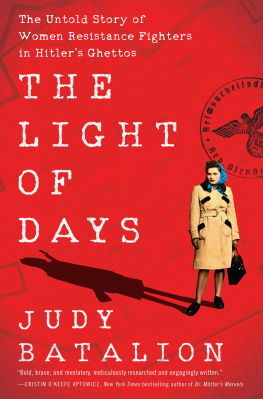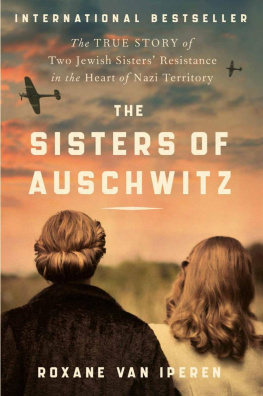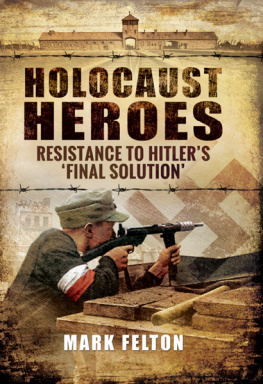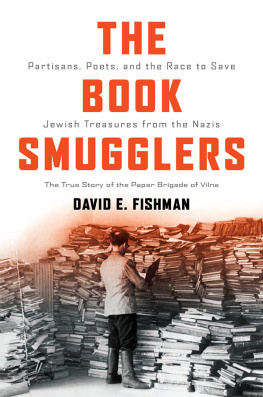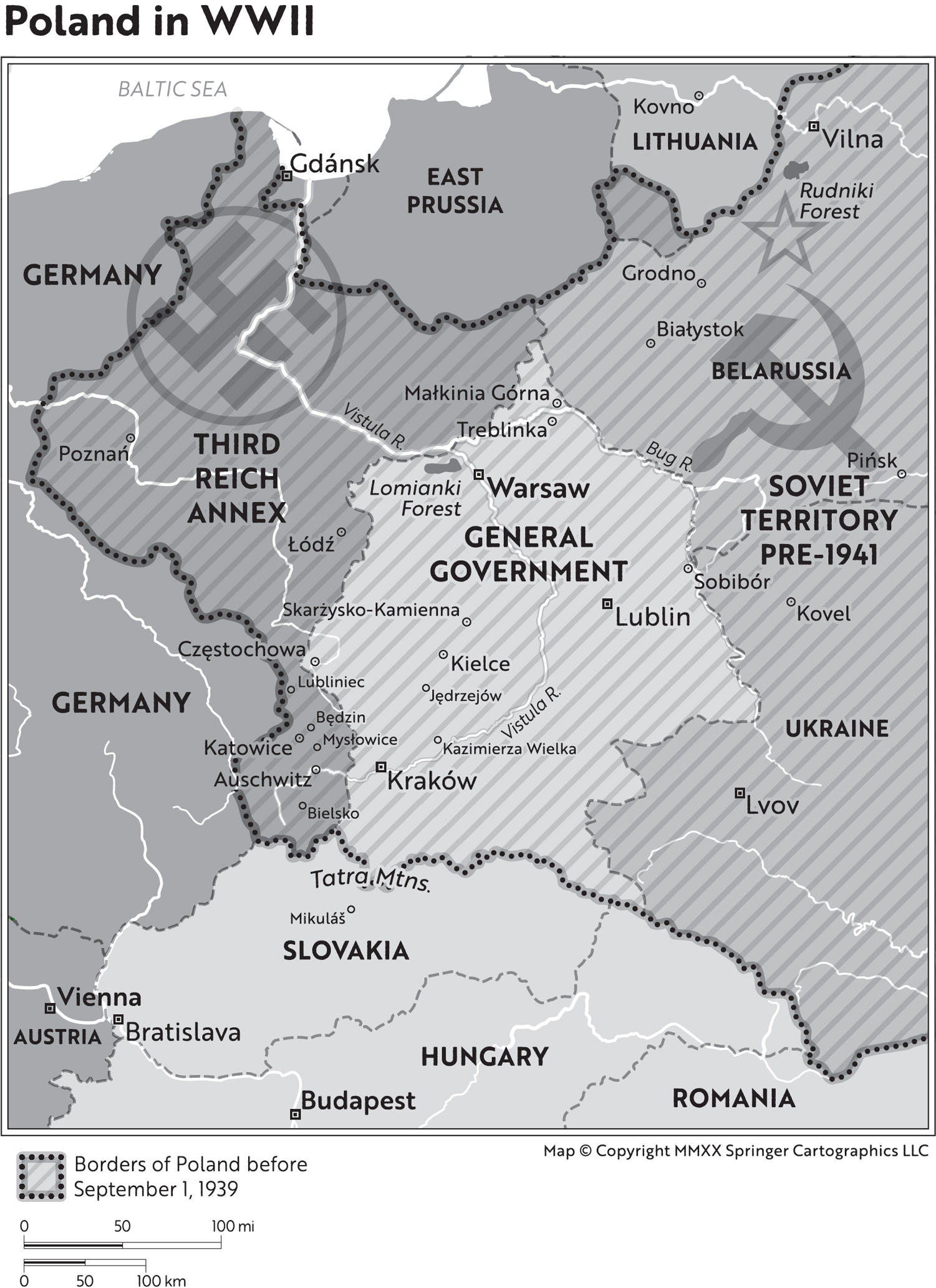Judy Batalion - The Light of Days: The Untold Story of Women Resistance Fighters in Hitlers Ghettos
Here you can read online Judy Batalion - The Light of Days: The Untold Story of Women Resistance Fighters in Hitlers Ghettos full text of the book (entire story) in english for free. Download pdf and epub, get meaning, cover and reviews about this ebook. year: 2021, publisher: William Morrow, genre: Non-fiction. Description of the work, (preface) as well as reviews are available. Best literature library LitArk.com created for fans of good reading and offers a wide selection of genres:
Romance novel
Science fiction
Adventure
Detective
Science
History
Home and family
Prose
Art
Politics
Computer
Non-fiction
Religion
Business
Children
Humor
Choose a favorite category and find really read worthwhile books. Enjoy immersion in the world of imagination, feel the emotions of the characters or learn something new for yourself, make an fascinating discovery.
- Book:The Light of Days: The Untold Story of Women Resistance Fighters in Hitlers Ghettos
- Author:
- Publisher:William Morrow
- Genre:
- Year:2021
- Rating:4 / 5
- Favourites:Add to favourites
- Your mark:
The Light of Days: The Untold Story of Women Resistance Fighters in Hitlers Ghettos: summary, description and annotation
We offer to read an annotation, description, summary or preface (depends on what the author of the book "The Light of Days: The Untold Story of Women Resistance Fighters in Hitlers Ghettos" wrote himself). If you haven't found the necessary information about the book — write in the comments, we will try to find it.
One of the most important stories of World War II, already optioned by Steven Spielberg for a major motion picture: a spectacular, searing history that brings to light the extraordinary accomplishments of brave Jewish women who became resistance fightersa group of unknown heroes whose exploits have never been chronicled in full, until now.
Witnesses to the brutal murder of their families and neighbors and the violent destruction of their communities, a cadre of Jewish women in Polandsome still in their teenshelped transform the Jewish youth groups into resistance cells to fight the Nazis. With courage, guile, and nerves of steel, these ghetto girls paid off Gestapo guards, hid revolvers in loaves of bread and jars of marmalade, and helped build systems of underground bunkers. They flirted with German soldiers, bribed them with wine, whiskey, and home cooking, used their Aryan looks to seduce them, and shot and killed them. They bombed German train lines and blew up a towns water supply. They also nursed the sick and taught children.
Yet the exploits of these courageous resistance fighters have remained virtually unknown.
As propulsive and thrilling as Hidden Figures, In the Garden of Beasts, Band of Brothers, and A Train in Winter, The Light of Days at last tells the true story of these incredible women whose courageous yet little-known feats have been eclipsed by time. Judy Batalionthe granddaughter of Polish Holocaust survivorstakes us back to 1939 and introduces us to Renia Kukielka, a weapons smuggler and messenger who risked death traveling across occupied Poland on foot and by train. Joining Renia are other women who served as couriers, armed fighters, intelligence agents, and saboteurs, all who put their lives in mortal danger to carry out their missions. Batalion follows these women through the savage destruction of the ghettos, arrest and internment in Gestapo prisons and concentration camps, and for a lucky fewlike Renia, who orchestrated her own audacious escape from a brutal Nazi jailinto the late 20th century and beyond.
Powerful and inspiring, featuring twenty black-and-white photographs, The Light of Days is an unforgettable true tale of war, the fight for freedom, exceptional bravery, female friendship, and survival in the face of staggering odds.
Judy Batalion: author's other books
Who wrote The Light of Days: The Untold Story of Women Resistance Fighters in Hitlers Ghettos? Find out the surname, the name of the author of the book and a list of all author's works by series.

